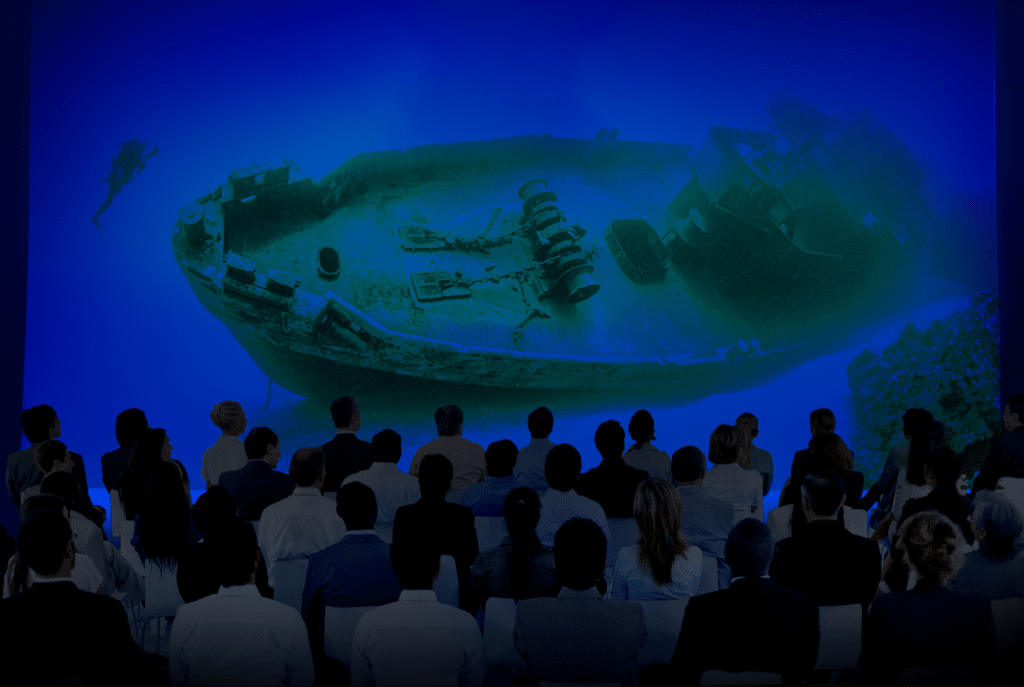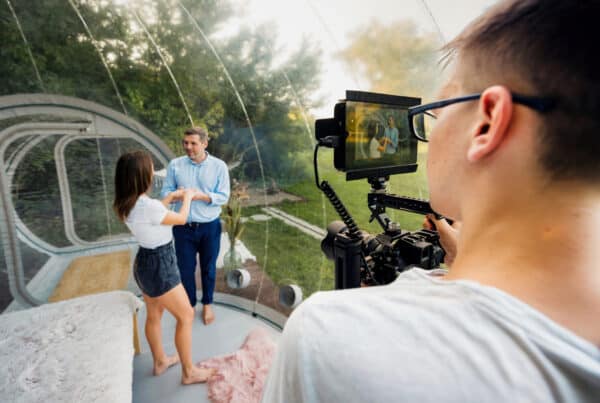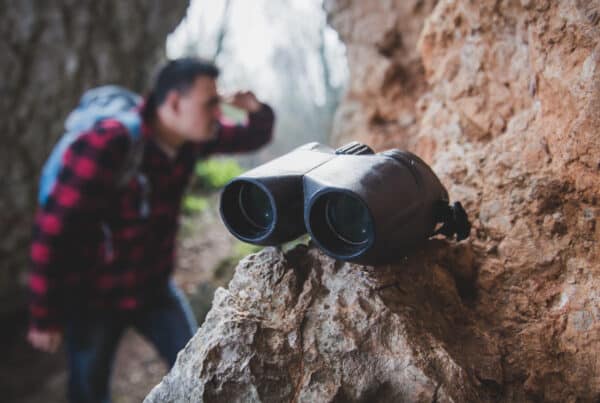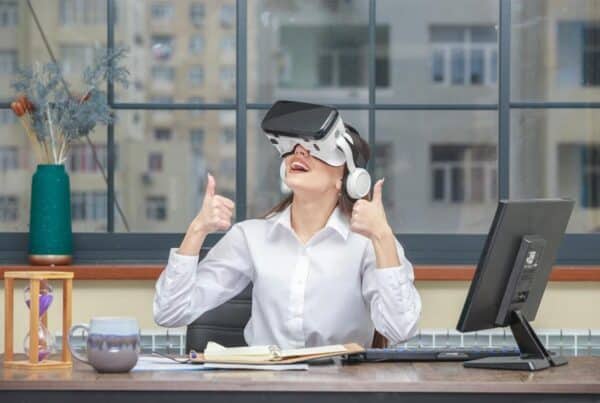
Introduction to 3D Projection in Immersive Design
Imagine stepping into a room where the walls seem to dissolve, transporting you to a bustling cityscape or a serene forest. This transformation is made possible by 3D projection technology, a powerful tool in creating lifelike, immersive environments. By projecting images that have depth and dimension, 3D projection enhances the scale and engagement of a space, making it feel more alive and interactive. Whether used in art installations, corporate events, or retail spaces, 3D projection plays a pivotal role in crafting experiences that captivate and engage audiences on multiple sensory levels.
Why 3-Dimensional Projection is Essential for Immersive Experiences
Enhanced Visual Engagement
3D projections create high-impact visuals that are far more captivating than traditional displays. By adding depth and dimension, they engage viewers on a sensory level, drawing them into the environment. According to sources like Toptal and Live Design, the ability of 3D projection to transform ordinary spaces into extraordinary experiences is unmatched. The vivid imagery and dynamic content hold the audience’s attention, making them feel as though they are part of the scene rather than mere spectators.
Creating Shared Experiences
One of the key strengths of 3D projection is its ability to create shared experiences. Unlike virtual reality, which often isolates users, 3-Dimensional projection allows multiple people to experience environments collectively. This feature is crucial for events and spaces aimed at broad audiences, such as concerts, festivals, and public exhibitions. As noted by Inavate, the communal aspect of 3D projection enhances its impact, fostering a sense of connection and shared wonder among viewers.
Key Advantages of 3D Projection Technology
Flexibility in Design and Content
3D projection offers unparalleled flexibility in adapting content for various surfaces, including irregular ones like buildings or sculptures. This versatility allows designers to tailor their projections to fit the unique contours and textures of any space, enhancing the overall aesthetic and impact. Whether wrapping a historic building in vibrant visuals or transforming a sculpture into a dynamic canvas, 3D projection adapts seamlessly to the creative vision.
Adaptability for Large and Small Venues
The adaptability of 3D projection makes it suitable for both large-scale venues, such as festivals and concerts, and intimate spaces like art galleries. According to Live Design, this technology can scale to fit the needs of any environment, providing immersive experiences regardless of size. In large venues, 3-Dimensional projection can create expansive, awe-inspiring visuals, while in smaller spaces, it can offer detailed, up-close interactions.
Realism and Immersive Depth
Advanced technologies like RGB laser projectors bring out more vibrant colors and detail than other methods, enhancing the realism and immersive depth of 3D projections. As highlighted by Inavate, these technologies allow for more accurate color representation and sharper images, making the projected content appear more lifelike. The result is an immersive experience that feels tangible and real, drawing viewers deeper into the environment.
Top Tips for Effective 3D Projection Setup
Choose the Right Projection Hardware
Selecting the appropriate projection hardware is crucial for achieving the desired effect. Consider the size of the venue and the intended impact when choosing your equipment. RGB laser projectors are recommended for their superior color depth and clarity, making them ideal for high-quality projections.
Integrate Spatial Audio and Interactive Elements
To create a truly multi-sensory experience, combine 3D projection with spatial audio and interactive features. As suggested by Toptal, integrating sound that moves with the visuals and interactive elements that respond to viewer input can significantly enhance the immersive quality of the environment.
Modular Design for Scalability
In complex environments, a modular projector setup offers flexibility and cost-efficiency. By using modular systems, you can easily scale your projection setup to fit the space and adjust it as needed. Inavate emphasizes the importance of modularity in adapting to different environments and requirements.
Examples of Immersive Environments Using 3D Projection
Art Installations and Festivals
The LUMA Projection Arts Festival is a prime example of how 3D projection can transform public spaces. By wrapping buildings in vibrant 3D projections, the festival creates a dynamic and immersive experience that captivates audiences. As reported by Live Design, such installations showcase the artistic potential of 3D projection technology.
Corporate and Retail Installations
In the corporate and retail sectors, 3D projection transforms spaces into immersive brand experiences. By creating environments that draw customers in, businesses can enhance their brand presence and engage visitors in a memorable way. Instead of a typical storefront, customers are invited into an interactive and visually stimulating space.
Challenges and Best Practices in 3D Projection for Immersive Spaces
Calibration and Surface Mapping
Accurate calibration and surface mapping are essential to avoid distortion and maintain realism in 3D projections. Ensuring that the projections align correctly with the surfaces is crucial for achieving a seamless and convincing effect. Regular adjustments and fine-tuning can help maintain the quality of the projection.
Regular Content Updates
To keep long-term installations fresh and engaging, it’s important to regularly update the projection content. As noted by Live Design, refreshing the visuals can maintain visitor interest and ensure that the experience remains dynamic and relevant.
Conclusion: The Future of 3D Projection in Immersive Design
The future of 3-Dimensional projection technology is bright, with advancements like holographic displays on the horizon. As these technologies continue to evolve, the potential for creating even more immersive and impactful environments grows. Across various industries, from entertainment to education, the role of 3D projection in crafting engaging experiences is becoming increasingly central. By embracing these technologies, designers and creators can push the boundaries of what’s possible, offering audiences new ways to explore and interact with their surroundings.




